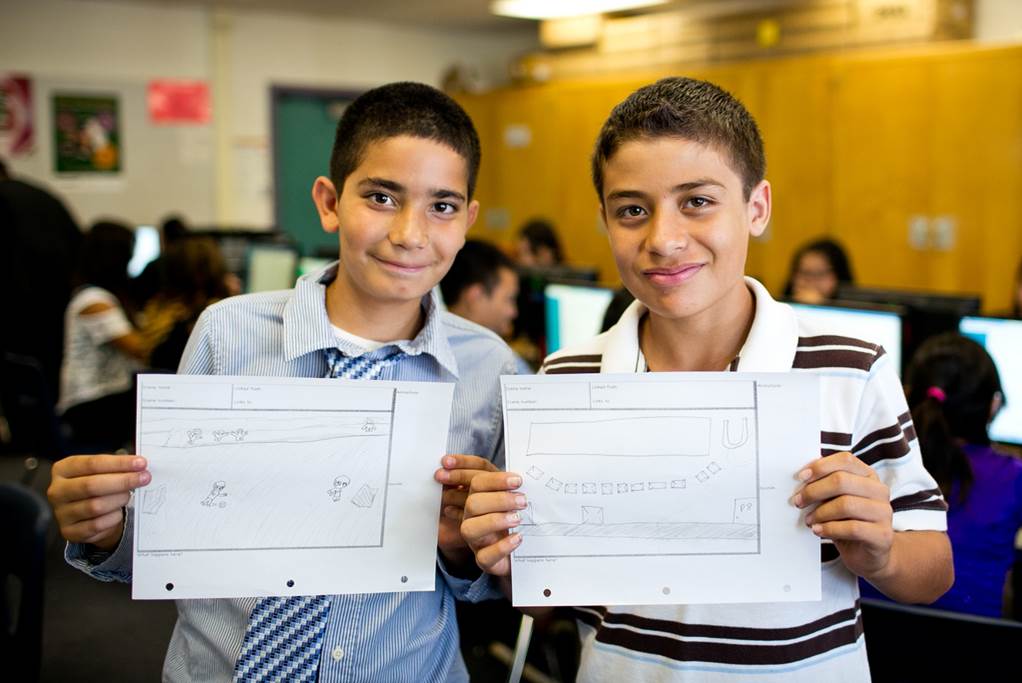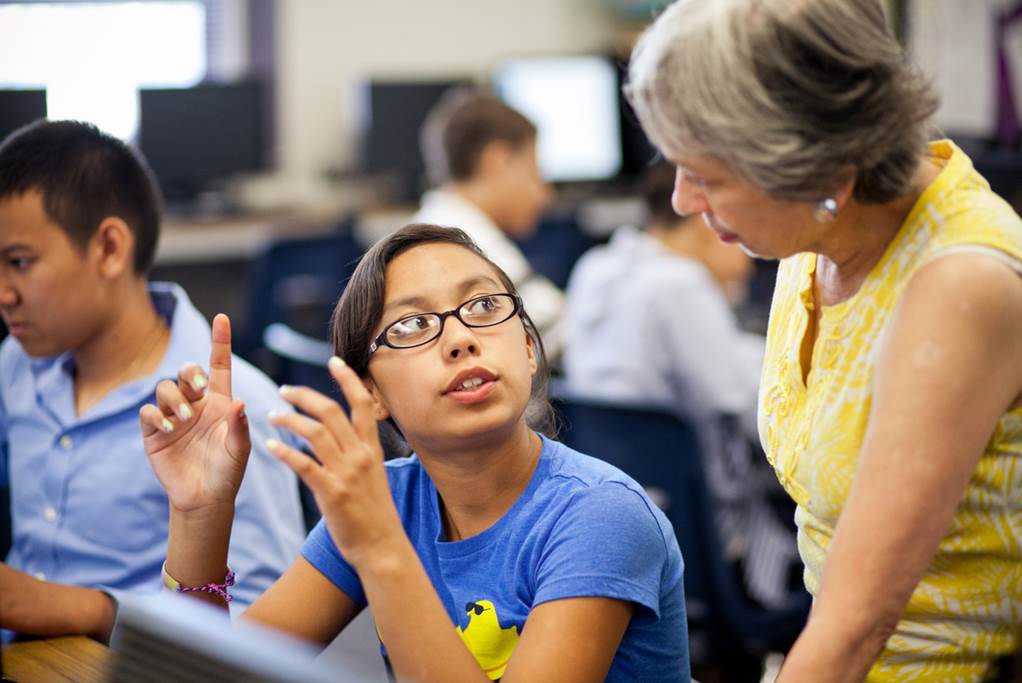The "gamification of education" has taken on multiple forms as laptops and tablets become more common in classrooms, and as games are becoming a dominant media technology in our lives. At the root of all "game-based learning" is the unique opportunity to engage students in learning where they want to be: inside video games. The ESA reports 32 percent of gamers are under 18 years old, and the industry only continues to grow.
But game-based-learning-with-technology appeals to many educators, too. More so than rote memorization, games can develop problem-solving skills, computational thinking abilities, and thoughtful understanding of course content. Game integrations in the classroom can also help track student progress and provide real-time achievement badges and assessment reports to teachers.
A recent Huffington Post blog by Vicky Phillips of the Bill and Melinda Gates Foundation features a new and exciting initiative called GlassLab. It's designed to provide these educational gamification benefits by producing games collaboratively with leaders of the gaming industry (Electronic Arts), learning organizations (Institute of Play), and academics from the education-assessment field. Striving to create the best of game-based learning tools, GlassLab prioritizes embedded assessments to reflect student attainment of subject-matter knowledge and 21st-century skills through game play. Teachers can use scores and game progress reports to track student learning, which they can then use to hone in on how to personalize lessons for various students of various abilities.
I applaud my colleagues from GlassLab in bringing together experts from various fields to address the needs of the modern classroom; for serving tech-hungry, video game-hungry students and using gaming technologies for learning and cognitive assessments. In fact, I actually consider the program a "cousin" to my company's game-based learning product, Globaloria. But I want to point a critical difference that distinguishes Globaloria from GlassLab: students in Globaloria not only play games, they also figure out how design and program educational games; plus, they are being assessed on both playing games and making their games.

Two young video game designers in Austin, Texas are learning to design paper prototypes for their educational games as part of their school curriculum; photo credit: World Wide Workshop
The game design process engages students in deep learning that teaches them to create and code, not just consume, game media. This is not just a valuable professional skill for the future, but also empowers students to drive their own learning in the now.
Think about learning to read versus learning to write. Both sides of the learning equation are important. Reading skills are essential, but the ability to write adds another layer of comprehension to reading abilities. This scaffolding effect applies also to making games -- developing skills in design and coding improves student computational thinking exponentially and increases their critical reading of games.

Students in San Jose, California, learn to be fluent in reading and writing games; the ability to write (design/code) games adds another layer of comprehension to reading (playing) abilities.
Gamifying education gives students and teachers a new way to engage with learning and skill assessment. Gaming is a fun and effective way for learning for students, and it provides teachers with immediate access to student comprehension and skill development -- enabling personalized instruction. However, as the ed-tech industry continues to refine personalized learning tools for game-based "blended learning" in America's classrooms, I urge educators to elevate learning to the next level by empowering youth to not only use gaming technology for play (or assessment), but also to become the architects of it all. Because along with that will come students' architecting their own learning, while driving deeper learning, computational creativity and invention.